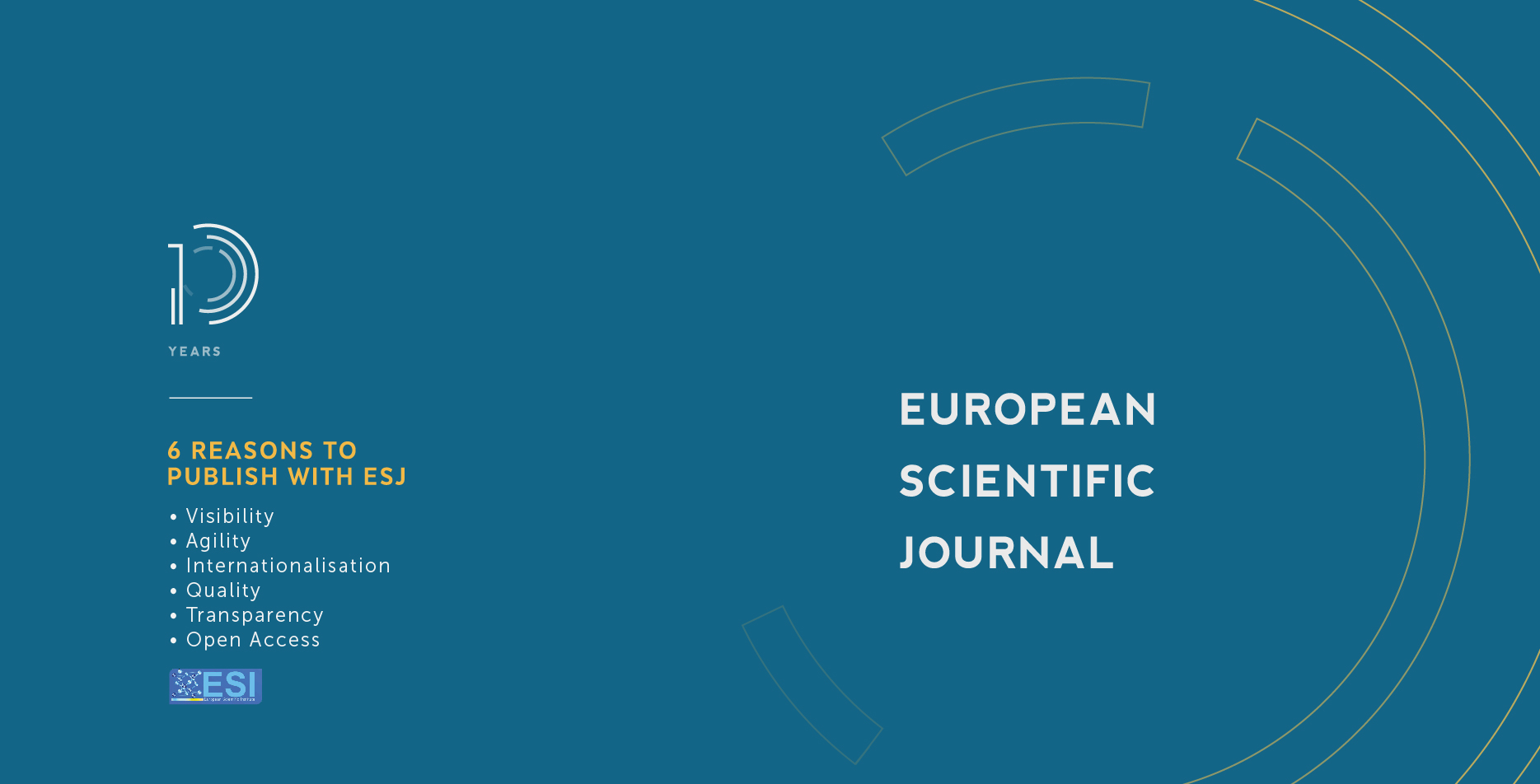Could Territorial Entities in the Territory of the GUAM be Considered as Sovereign States?
Abstract
The issue with the recognition of de facto states has existed for a long time. Some territories exist for decades with only limited recognition. The emergence of unrecognized states peaked after the collapse of the Soviet Union. The populations of some territories did not agree with the new borders and unilaterally declared their independence. Can these territories be considered as fully-fledged states, as their inhabitants consider themselves to be? To answer this question, it might be useful to consider the definition of a concept of a state before analysing what characteristics a territory should be called a ‘sovereign state’, and it is also necessary to consider the implications for the territorial entities in the territory of the GUAM Organization for Democracy and Economic Development. Such an analysis is the purpose of this article. The goal is also to discover what official symbols de facto states in the post-Soviet space have. The following documents in this research were analysed in the article: ‘the Montevideo Convention’ and ‘the Declaration of Guidelines on the Recognition of New States in Eastern Europe and in the Former Soviet Union.’ Attention is also paid to the history of the development of the term ‘state’ as well as the works of scholars who dealt with this problem. The methodological basis of the research includes scientific methods of cognition (dialectics, analysis and synthesis, deduction and induction, comparative legal and historical methods). The main conclusion of the article can be formulated as this: the greatest problem of these territorial entities is that other states do not recognize them. Although they do have many important characteristics of the state, such as territory, population, currency, state symbols, and in some cases even an army, other states do not cooperate with them. Thus, it is extremely problematic to consider these territories as sovereign states.
Downloads
Metrics
PlumX Statistics
References
2. Declaration on the `Guidelines on the Recognition of New States in Eastern Europe and in the Soviet Union' (16 December 1991). https://www.dipublico.org/100636/declaration-on-the-guidelines-on-the-recognition-of-new-states-in-eastern-europe-and-in-the-soviet-union-16-december-1991/
3. Knop, K. (2002). Diversity and Self-determination in International Law (Cambridge Studies in International and Comparative Law, Series Number 20) (1st ed.). Cambridge: Cambridge University Press.
4. Kremnev, P. (2005). The Collapse of the USSR: International Legal Problems. Moscow: Zertsalo-M.
5. Laurinavičiūtė, L., & Biekša, L. (2015). The relevance of remedial secession in the post-Soviet “frozen conflicts.” International Comparative Jurisprudence, 1(1), 66–75. https://doi.org/10.1016/j.icj.2015.10.008
6. Lauterpacht, H. (2012). Recognition in International Law. Cambridge University Press.
7. Lepsius, O. (2019). Georg Jellinek’s Theory of the Two Sides of the State (“Zwei-Seiten-Lehre des Staates”). The Normative Force of the Factual, 5–28. https://doi.org/10.1007/978-3-030-18929-7_2
8. Markedonov, S. (2008). De facto states of the post-Soviet space: elections and democratization. Vestnik Yevrazii, (3), 75-98.
9. Marxsen, C. (2015). Territorial Integrity in International Law – Its Concept and Implications for Crimea. Max-Planck-Institut Für Ausländisches Öffentliches Recht Und Völkerrecht. https://www.zaoerv.de/75_2015/75_2015_1_a_7_26.pdf
10. Mitropolitski, S. (2011). Weber’s Definition of the State as an Ethnographic Tool for Understanding the Contemporary Political Science State of the Discipline. The Canadian Political Science Association, Wilfrid Laurier University.
11. Montevideo Convention on the Rights and Duties of States. (1933, December). https://treaties.un.org/doc/Publication/UNTS/LON/Volume%20165/v165.pdf
12. Muhaev, R. (2019). History of Political and Legal Theories. Moscow: Yurayt.
13. Pellet, A. (1992). The Opinions of the Badinter Arbitration Committee a Second Breath for the Self-Determination of Peoples. European Journal of International Law, 3(1), 178–185. https://doi.org/10.1093/oxfordjournals.ejil.a035802
14. Shevchuk N. (2020) Background of Transdnistrian conflict and escalation: on the thirtieth anniversary of independence of the Pridnestrovian Moldavian Republic, Russia in the Global World, 181-191
15. Sievers, J. M. (2015, October). A philosophical reading of legal positivism. Université Charles de Gaulle - Lille III. https://tel.archives-ouvertes.fr/tel-01221770/document
16. Visoka, G., Doyle, J., & Newman, E. (2020). Routledge Handbook of State Recognition. Routledge.
17. Zetzel J. Introduction // Cicero. On the Commonwealth and On the Laws / ed. by J. Zetzel. — Cambridge: Cambridge University Press, 1999. — P. XLII—XLIII.
Copyright (c) 2022 Ekaterina Kosiuk

This work is licensed under a Creative Commons Attribution-NonCommercial-NoDerivatives 4.0 International License.








